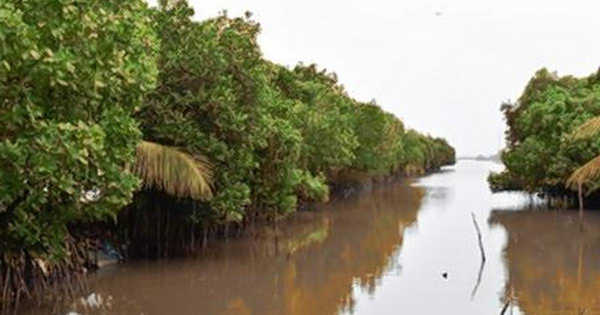For the greatest climate and environmental benefits, native forest restoration programs should take precedence; however, these advantages come at the expense of wood output as compared to tree plantations.
Diverse natural forests are better at preserving biodiversity, preventing soil erosion, and storing above-ground carbon than simple tree plantations, according to a significant new study published today in the journal Science. However, plantations have an advantage when it comes to producing wood.
In terms of biodiversity preservation and the four essential “ecosystem services” that forests provide namely, carbon storage, soil erosion control, water provision, and wood production the study compared the advantages of restoring native forests to those of establishing a variety of straightforward tree plantations.
Deforestation is a major contributor to carbon emissions, and forest restoration can be a “nature-based climate solution” to fight global warming. As a result, forest restoration is gaining momentum globally.
Forest restoration is frequently done to prevent soil erosion, create wood products, and restore the forest’s ability to control flooding and provide water.
“Establishing a tree plantation is useful for producing wood but not so good for restoring biodiversity. This is a huge missed opportunity for conservation,” said Dr. Fangyuan Hua, a researcher previously based in the University of Cambridge’s Department of Zoology, and the first author of the paper. Hua now works at Peking University’s Institute of Ecology in China.
She added: “When the goal of a forest restoration scheme includes wood production, then there’s a trade-off to be made between environmental and production outcomes.”
On the implicit presumption that tree plantations are just as effective at providing these services, forest restoration schemes that aim to provide ecosystem services typically involve tree plantations of just one or a small number of tree species rather than the restoration of diverse native forests. However, the authors claim that there isn’t any solid scientific proof for this.
Establishing a tree plantation is useful for producing wood but not so good for restoring biodiversity. This is a huge missed opportunity for conservation. When the goal of a forest restoration scheme includes wood production, then there’s a trade-off to be made between environmental and production outcomes.
Dr. Fangyuan Hua
The new synthesis, which comprised a multidisciplinary, worldwide team of researchers from seven different nations, is based on an astronomically vast database that contains approximately 26,000 records from 264 investigations carried out in 53 different countries.
“This is the first time that the relative performance of different forest restoration approaches in delivering forests’ most salient services has been assessed simultaneously. We can now begin to understand the synergies and trade-offs across different restoration goals, and so help inform decision-making,” said Professor Andrew Balmford in the University of Cambridge’s Department of Zoology, senior author of the paper.
The study discovered that similar to biodiversity, natural forests are better at providing all three environment-oriented ecosystem services than tree plantations, including above-ground carbon storage, soil erosion management, and water availability.
The most to be lost from plantation-style forest restoration is soil erosion control, and the lack of water supply in plantations is more significant in drier regions precisely where water is scarcer.
“When restoration goals are about environmental benefits, even if not specifically for the sake of biodiversity conservation, we should aim to restore native forests, and biodiversity will gain as a co-benefit,” said Hua.
The scant evidence, however, indicated that tree plantations can outperform natural forests in the production of wood, indicating a crucial trade-off.
Worldwide, fast-growing tree species including pines, firs, and eucalyptus are frequently used in tree plantations. These trees typically grow tall and straight, and in actively maintained plantations, fertilizers and weeding are sometimes used to encourage development by preventing other plants from competing with them for nutrients and sunlight.
Native forests, on the other hand, typically do not undergo growth management and are made up of a variety of distinct trees, shrubs, and herbaceous species. This makes for a more favorable ecology with a wider variety of food and other resources for a variety of plants and animals to thrive, but it also may result in less effective wood production.
“The trade-off between the environmental and production benefits a forest can provide has not been discussed much before. Restoration probably cannot meet all goals at once,” said Professor David Edwards at the University of Sheffield’s School of Biosciences and another senior author of the study.
This conclusion not only highlights the need to balance competing objectives, but it also suggests that plantations may indirectly improve the environment by preventing other, higher-biodiversity forests from being felled for wood production.
“Plantations need to be integrated into a coherent land-use plan so that their better performance at producing wood gets translated into improved conservation of environmentally valuable forests elsewhere,” Balmford added.
The study also discovered that native forests outperform numerous old or abandoned plantations around the world that appear to no longer be used for the production of wood in terms of environmental performance. Given that these plantations appear to be widespread, converting them to natural forests will likely have a positive impact on the ecosystem.
















